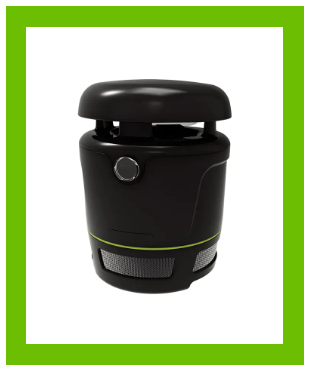Summary:Photocatalyst mosquito traps offer numerous advantages in mosquito control. These traps utilize a combination of light a...
Photocatalyst mosquito traps offer numerous advantages in mosquito control. These traps utilize a combination of light and a photocatalytic material to attract and kill mosquitoes. While their advantages are well-known, there are additional ways to unleash the full potential of these traps:
Enhanced Attractiveness: Incorporate additional attractants, such as mosquito-specific pheromones or substances that mimic human scent, to make the traps more enticing to mosquitoes. This can increase their effectiveness in attracting and capturing mosquitoes.
Targeted Strategies: Customize the design and functionality of the traps to target specific mosquito species or regions. Different mosquito species have varying behaviors and preferences, so tailoring the traps accordingly can optimize their efficacy in different areas.
Integrated Monitoring: Integrate monitoring systems into the traps to collect data on mosquito populations, activity patterns, and effectiveness of control measures. This data can guide mosquito control efforts, allowing for more efficient deployment of resources and evaluation of trap performance.
Eco-Friendly Measures: Explore eco-friendly and sustainable materials for the construction of the traps. Consider using recyclable or biodegradable components to reduce environmental impact. Additionally, prioritize energy-efficient lighting options to minimize power consumption.
Community Engagement: Educate and involve local communities in mosquito control efforts. Raise awareness about the benefits of photocatalyst mosquito traps and encourage community participation in deploying and maintaining the traps. Community involvement can amplify the impact of these traps and foster a sense of collective responsibility.
Research and Innovation: Continuously invest in research and development to improve the efficiency and effectiveness of photocatalyst mosquito traps. Explore advancements in photocatalytic materials, trap designs, and control mechanisms to stay at the forefront of mosquito control technologies.
By implementing these strategies, the potential of photocatalyst mosquito traps can be further unleashed, leading to more effective and sustainable mosquito control efforts.




 China Steam Cleaning Machine SuppliersPrivacy
China Steam Cleaning Machine SuppliersPrivacy